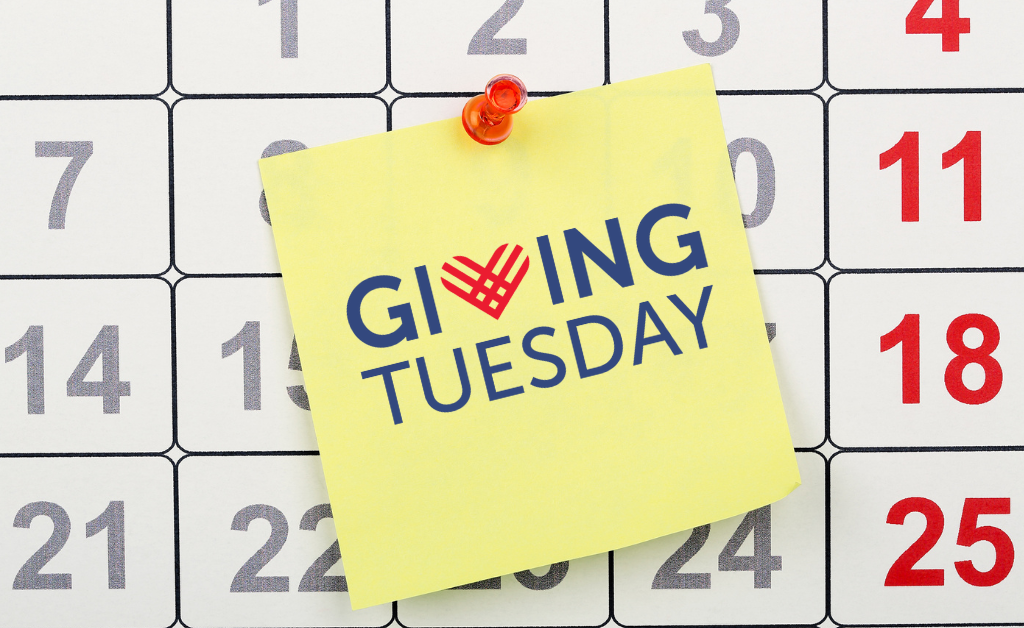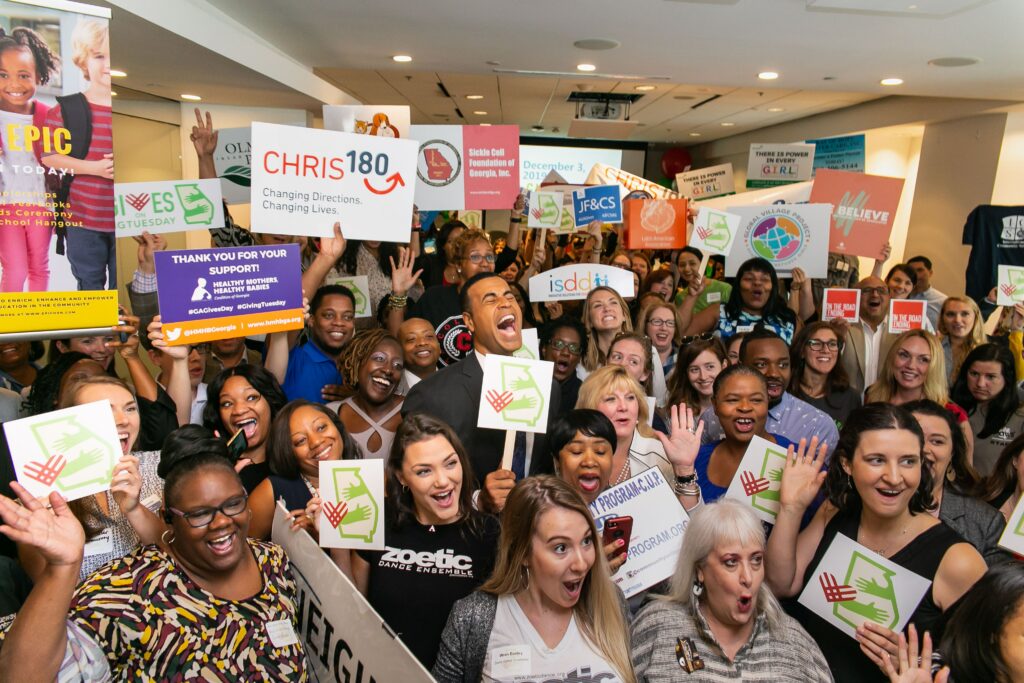
GivingTuesday “reimagines a world built upon shared humanity and generosity.” Their mission is to inspire collective action towards improving local communities through generosity. They stress the importance of each act of kindness—no matter how small. The ultimate goal of this movement is to bring people together to create a more generous world.
GivingTuesday happens on the Tuesday after Thanksgiving in the United States. It was created in 2012 at New York’s 92nd Street Y and incubated in its Belfer Center for Innovation & Social Impact as a day to do good. GivingTuesday celebrates its 10th year in 2022 and has grown to movements in 80 countries and hundreds of communities worldwide.
Nonprofits raise more during year-end when they participate in GivingTuesday—the average donation is $105. Giving on GivingTuesday in 2021 grew 9% over 2020’s record-breaking levels.
GivingTuesday celebrates every giver, no matter their donation. The movement is not about one’s ability to donate—it’s about taking action. Many donors participate in more than one way. For example, 37% of participants donate in non-monetary ways such as food and clothing drives or volunteer work.
Have trouble thinking of ways people can give back to the community? See GivingTuesday’s Case Studies. They share success stories from nonprofit organizations that can spark inspiration within your own organization.
Some campaigns are more effective than others, but why? Successful campaigns possess these four qualities:

Photo by GivingTuesday on Pexels
Now that you know what makes a successful campaign, it’s time to start planning yours. This doesn’t have to be done all at once—you can tackle it in steps.
Getting Ready for GivingTuesday workbook: Provides step-by-step instructions on building a GivingTuesday campaign. It’s a great tool for cementing thoughts on paper with plenty of room for notes and ideas.
GivingTuesday Learning Lab: A Facebook group of 10K+ nonprofit organizations and professionals where you can ask questions and share ideas with other organizations.
GivingTuesday Branding Guide & Worksheet:
Make your next campaign stand out! Get my free GivingTuesday Branding Guide & Worksheet that includes tips, worksheets and templates.
